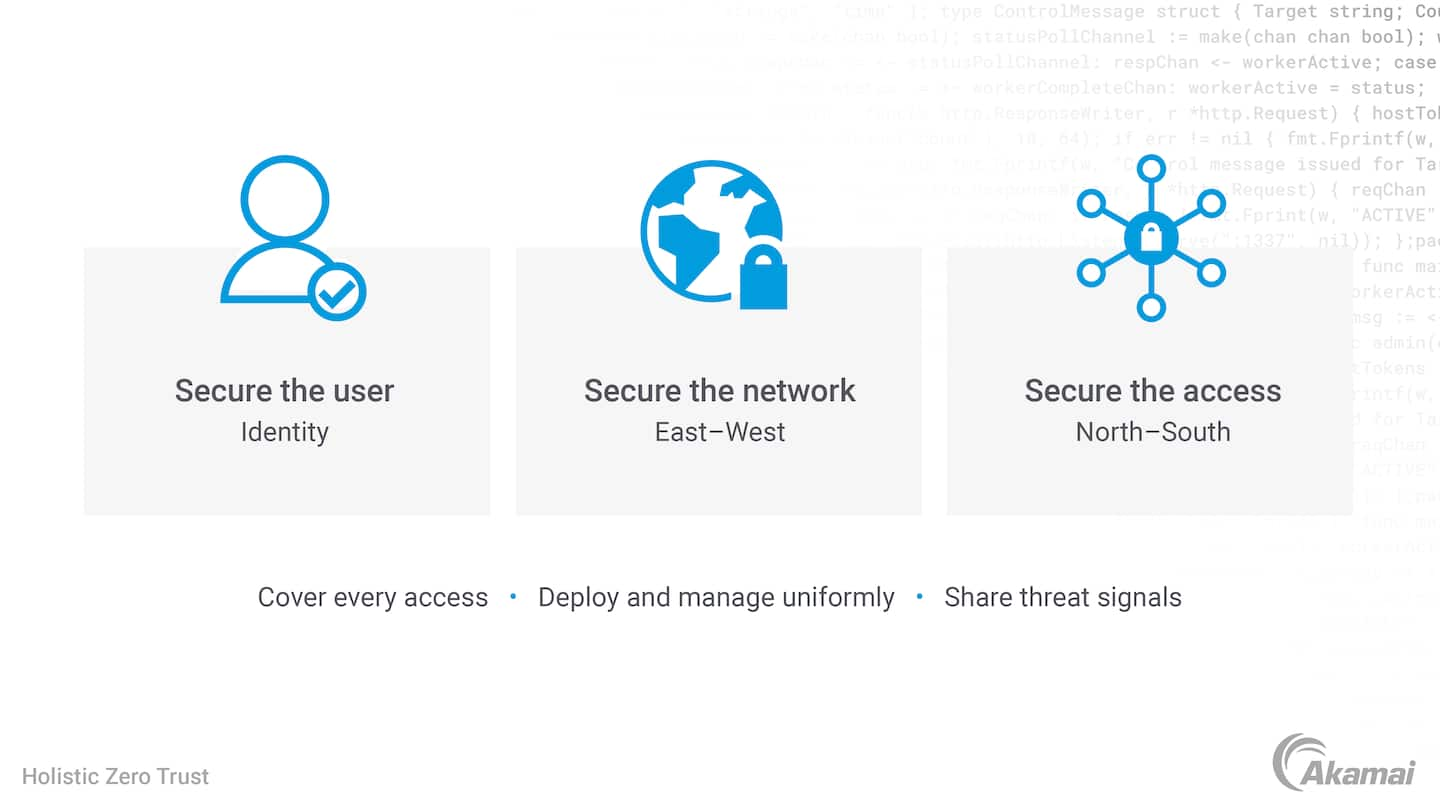Digital systems grant access to anyone who enters the correct password, without verifying the identity of the person. Weak credentials and password reuse significantly increase an enterprise’s attack surface and risk. In today’s threat landscape, relying on single-factor authentication, like username and password, is no longer enough. Multi-factor authentication (MFA) provides an extra level of verification and security; it ensures that only validated users gain access to business-critical applications.
Once the user is authenticated and authorized through MFA, single sign-on (SSO) enables users to log in to all applications with one set of credentials. This improves productivity; there’s no need to reconfirm identity for each application and no syncing issues across applications. Making continuous access decisions on a multitude of signals — including MFA and SSO across laaS, on-premises, and SaaS applications — affords the business greater protection while also providing convenience for end users.



